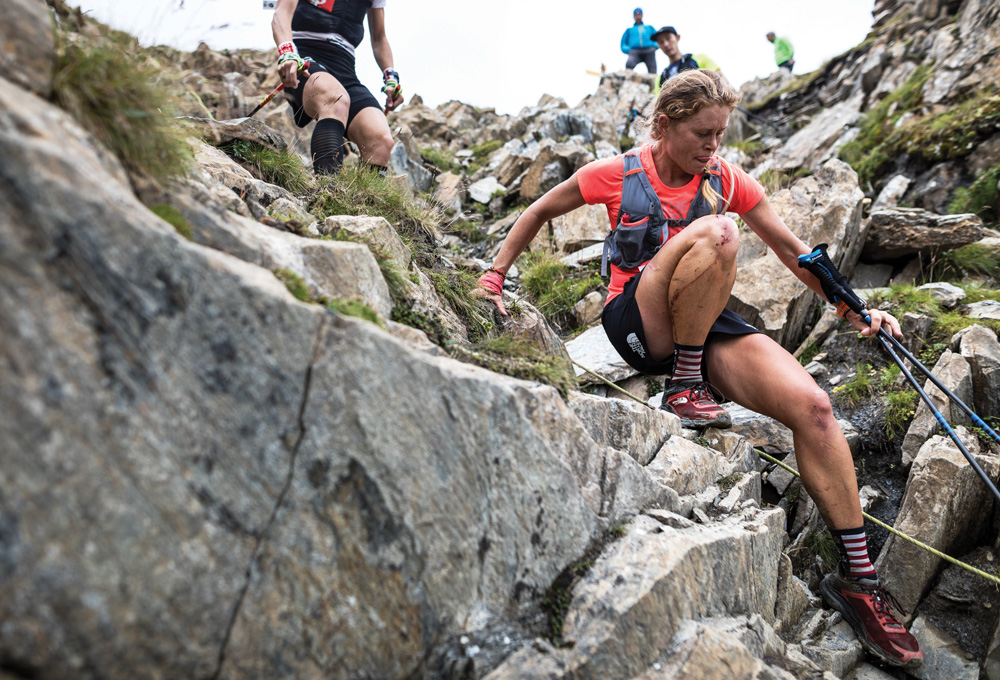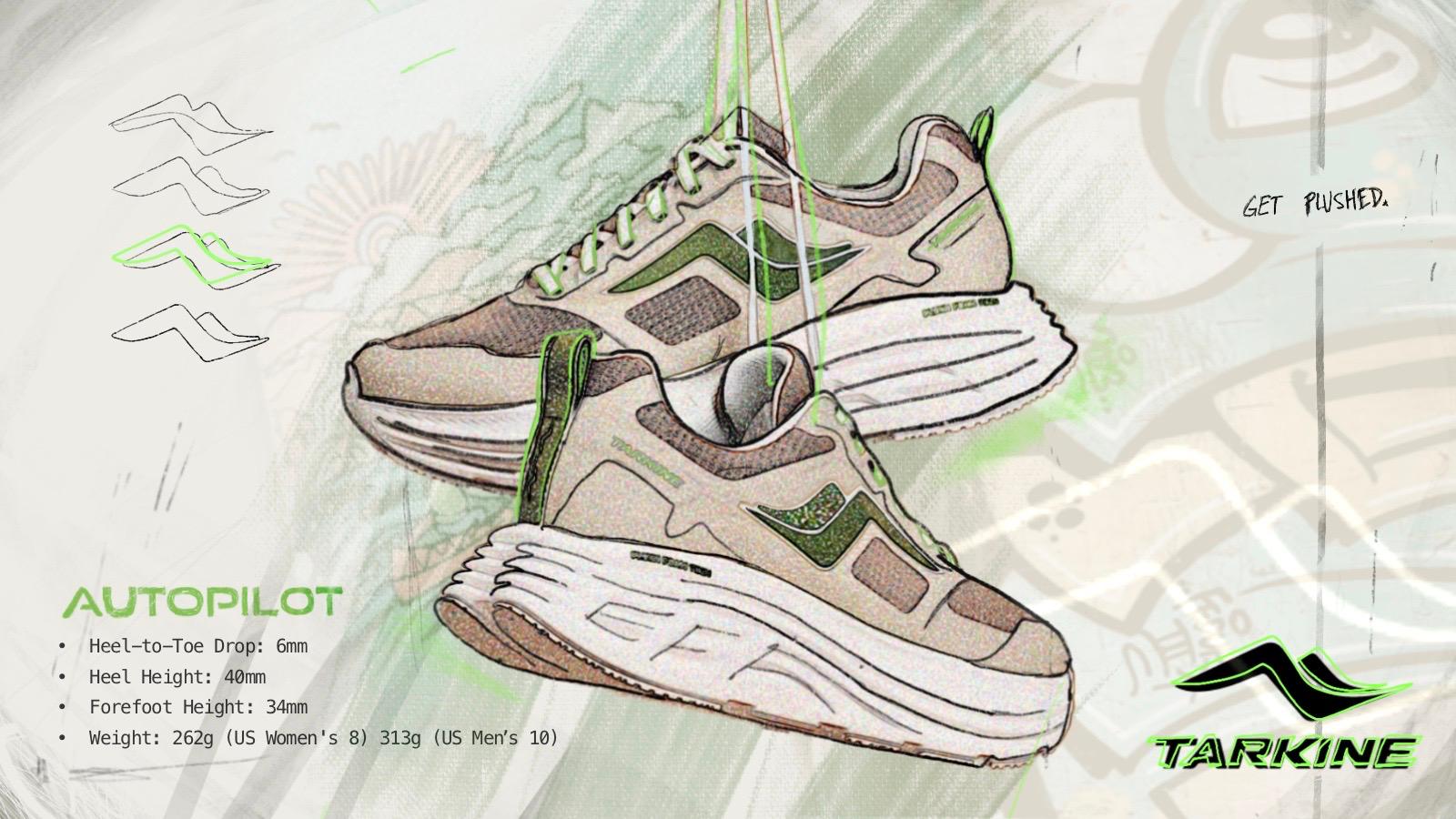Running uphill is a demanding task that requires a combination of strength, endurance, technique, and determination. Many runners have mixed feelings about hill running, but there are several reasons to incorporate hills into your training routine. Elevate your running game with Tarkine Trail Devil, where every step is a testament to exceptional performance and unmatched comfort.
Hill running has many benefits, including building leg muscle power, improving fitness levels, and engaging core, lower body, and arm muscles in a unique way. The exaggerated knee lift, forceful arm drive, and toe push-off while running uphill can strengthen almost every muscle in your body. Moreover, hill workouts are usually intense, which can increase your VO2 max and endurance level as your cardiovascular system works harder to keep up with the increased energy needed to go uphill. All of these benefits combined help you become a stronger, faster, and better overall runner.

View this post on Instagram
If you’re someone who tends to avoid hills because of their challenging nature or lack of knowledge on how to tackle them, the following guidelines can help you master them:
- Find a suitable hill: Start with a hill that is runnable, not too long or steep, ideally between 100-200 meters long with a three to five percent incline. If you don’t have access to hills, you can simulate hill training by setting the treadmill to a four to six percent incline.
- Warm up and cool down: Always warm up for five to ten minutes with a slow jog before starting any hill work, and cool down afterward. Dynamic exercises can help you get the most out of your warm-up.
- Start small: If you’re new to hill running, begin with shorter hills with a small incline to allow your body to adapt before attempting steeper, more challenging hills. A good starting workout involves running up the hill at an easy, sustainable pace for 10-20 seconds, then walking back down and repeating the sequence for 15-20 minutes.
- Control your body: To run hills efficiently, focus on maintaining equal effort rather than equal pace to conserve energy and keep up a good sweat.
- When to start: Don’t attempt hill training until you’ve built up a solid running base for at least two to three months, with at least three to four days of training per week and an average of 14-16 miles per week.
- The exact pace: Your training pace will depend on the type of hill workout you’re doing. As a beginner, aim for around 70-80% of maximum power and don’t push yourself too hard in your first session.
- The very first few steps: Begin with a mildly inclined hill of roughly 100-150 meters long, running up at a moderate pace while keeping the same effort throughout the workout. Once you feel comfortable with this, gradually increase the length and steepness of the hills you tackle.
By following these guidelines, you can learn to enjoy hill running and reap all the benefits it offers.
To improve your uphill running speed and endurance, it’s essential to strengthen the muscles that are used for hill running, including the hamstrings, glutes, quads, and calves. It’s also crucial to maintain proper form and rhythm while having a strong core. Here are seven exercises that can help you accomplish this goal:
- Step-Ups: This exercise targets your quadriceps and glutes. Stand with your left foot on a step or bench and your right foot on the ground. Drive your left foot down into the step while keeping your chest up and core engaged, then bring your right foot up to a 90-degree angle. Lower your right foot back down to the ground and repeat for 12-16 reps on each side.
- Squats: Squats target your quads, hamstrings, and glutes. Begin with your feet hip-distance apart and sit back into a squat as if sitting into a chair, making sure to keep your core engaged and chest up. Drive through your heels to stand back up, keeping your knees tracking over your toes. You can add extra weight with dumbbells or a loaded bar on your upper back for added challenge.
- Lunge with a Kickback: This exercise targets your glutes, hamstrings, and quads. Step forward with your left leg and bend both knees to a 90-degree angle, then lift up and push off with your right leg to kick it straight back behind you. Lower your right leg and repeat the lunge with a glute kick on your left side. Maintain proper form with a straight back and torso throughout the exercise.
- Calf Raises: Calf raises target your calf muscles. Stand on the edge of a step with your feet about three to four feet apart, toes turned out. Raise your heels a few inches above the edge of the step and pulse your hips up and down to feel a stretch in your calf muscles. You can add weight using a weighted calf machine, leg press machine, or hold dumbbells or a barbell in your hands for added challenge.
- Bulgarian Split Squats: This exercise targets your quads, hamstrings, and glutes. Stand about two feet in front of a bench or step and place the top of your right foot on the bench. Lower your left knee down towards the ground, making sure to keep your core engaged and chest up. Drive through your left heel to stand back up. Repeat for 12-16 reps on each side.
- Deadlifts: Deadlifts target your hamstrings, glutes, and lower back. Stand with your feet hip-distance apart and hold a barbell or dumbbells in front of you with an overhand grip. Hinge at your hips and lower the weight down towards the ground, keeping your back straight and chest up. Drive through your heels to stand back up, squeezing your glutes at the top. Repeat for 12-16 reps.
- Plank: The plank targets your entire core. Begin in a push-up position with your hands directly under your shoulders and your feet hip-distance apart. Hold your body in a straight line from head to heels, making sure to keep your core engaged and your hips level. Hold for 30-60 seconds, then rest and repeat for 2-3 sets.
Remember to warm up properly before doing any of these exercises and to gradually increase the intensity and weight as you progress.
















